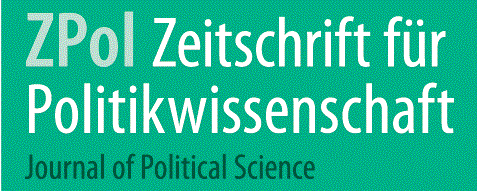Following its break with the Soviet Union in 1991, Estonia turned away sharply from Moscow’s eco- nomic policies. The new government increased reliance on markets, acquired new trading partners, and began to model itself after nearby Nordic countries such as Finland and Sweden.
In that changed environment, enhanced national competitiveness—the ability of firms and farms to find buyers for their goods and services—featured prominently on the country’s political agenda. The government wanted to raise the incomes of its 1.57 million citizens and “improve the welfare and well-being of the country,” said Siim Sikkut, information and communication technology policy adviser for Estonia’s Government Office, which supported the prime minister and cabinet ministers.
Although Estonia’s economy had grown quickly until the mid 2000s, the 2008 global financial crisis exposed underlying structural problems that the boom years had camouflaged, including heavy reliance on industries that generated little value added. As the financial crisis deepened, the country’s gross domestic product (GDP) shrank by 5%, and in 2009, by another 14%.
Estonia also faced demographic challenges that threatened productivity and long-term growth. Its population was shrinking and aging. From 2000 to 2012, the country’s permanent population fell by 5.5% to 1,294,236, and the percentage younger than 18 years of age fell to 15% from 18% while the proportion older than 65 years of age increased to 18% from 15%.1 According to government projections, by 2030 the country’s working-age population would fall by 100,000, a significant decline from the 2010 level of 900,000.
Further, as a legacy of its Soviet history, Estonia had to account for the needs of its large Russian-speaking minority, which constituted roughly 30% of the population. Lack of fluency in Estonian, the official language, often barred members of the Russian-speaking community from high-skilled jobs — and from Estonian citizenship. At the time of independence, Estonians and speakers of Russian held similar socioeconomic positions, but “step by step, a gap developed in terms of salary and unemployment in favor of ethnic Estonians,” said Raivo Vetik, a professor of comparative politics at Tallinn University. Russian speakers were overrepresented in low-wage sectors.
Diese und weitere Fallstudien finden Sie hier auf regierungsforschung.de in der Rubrik “Fallstudien” oder auf www.reformkompass.de.
Zitationshinweis
Lesley, Elena (2014): Improving Consultation and Cooperation to Create a National Strategy: Drafting Estonia 2020. Published in: Regierungsforschung.de. Available online: https://regierungsforschung.de/improving-consultation-and-cooperation-to-create-a-national-strategy-drafting-estonia-2020/







